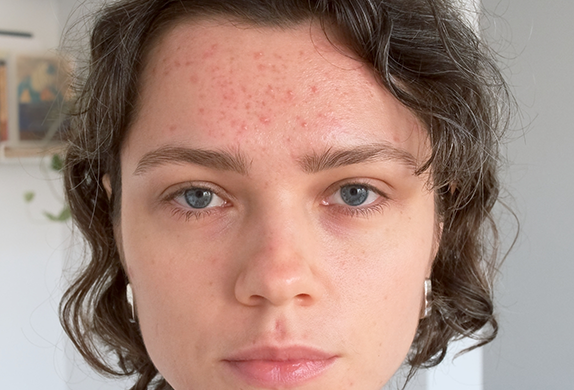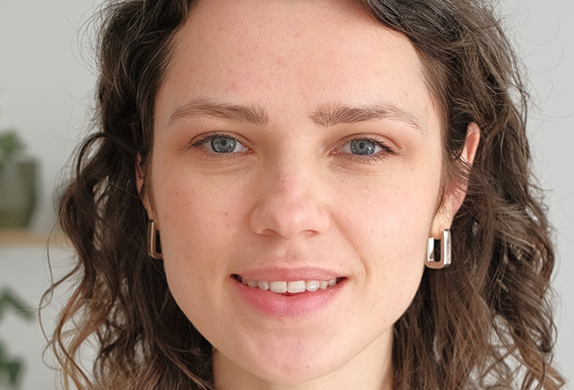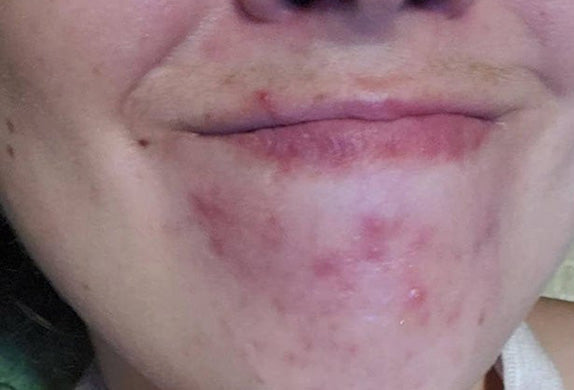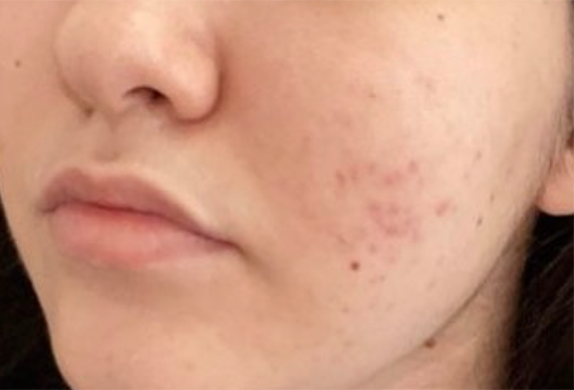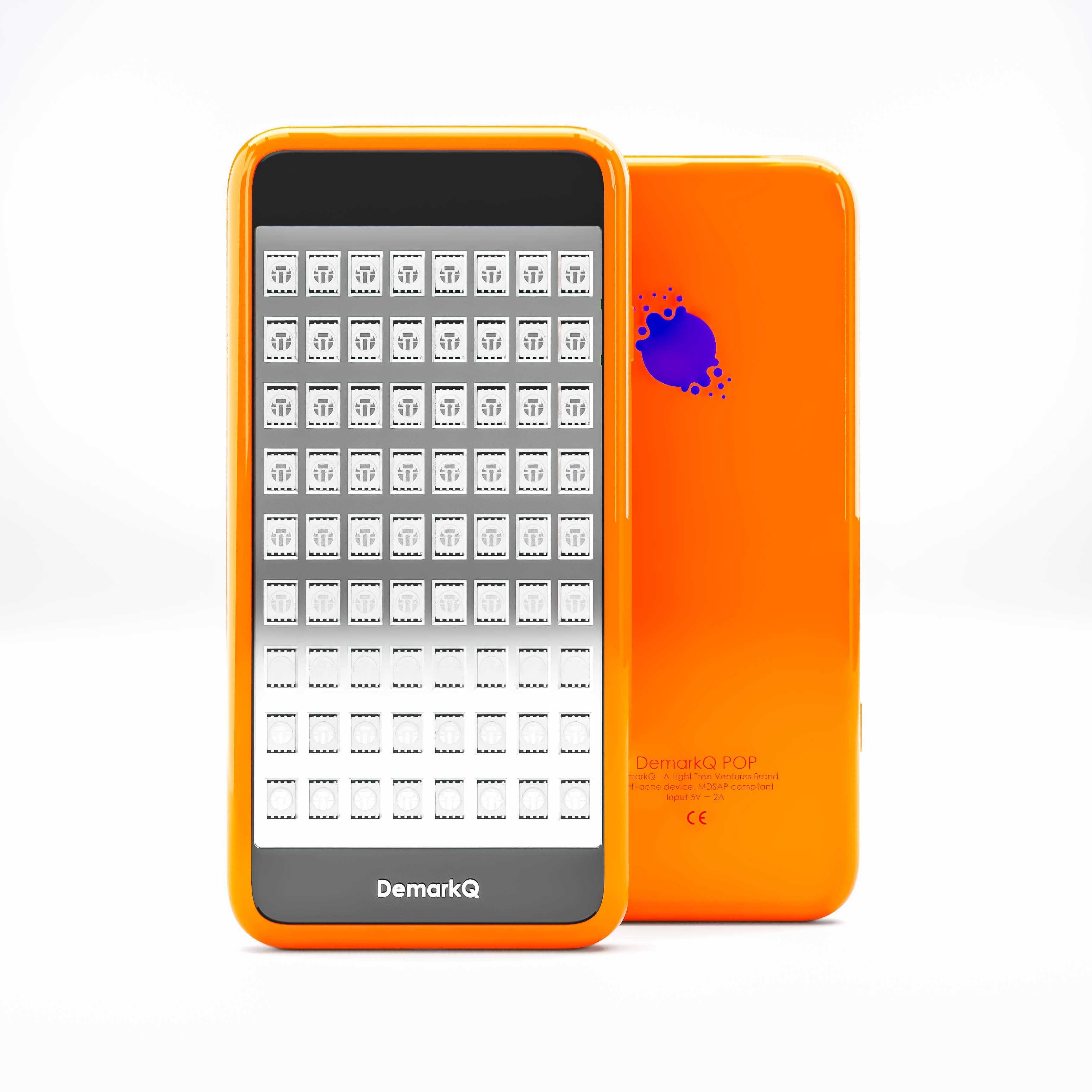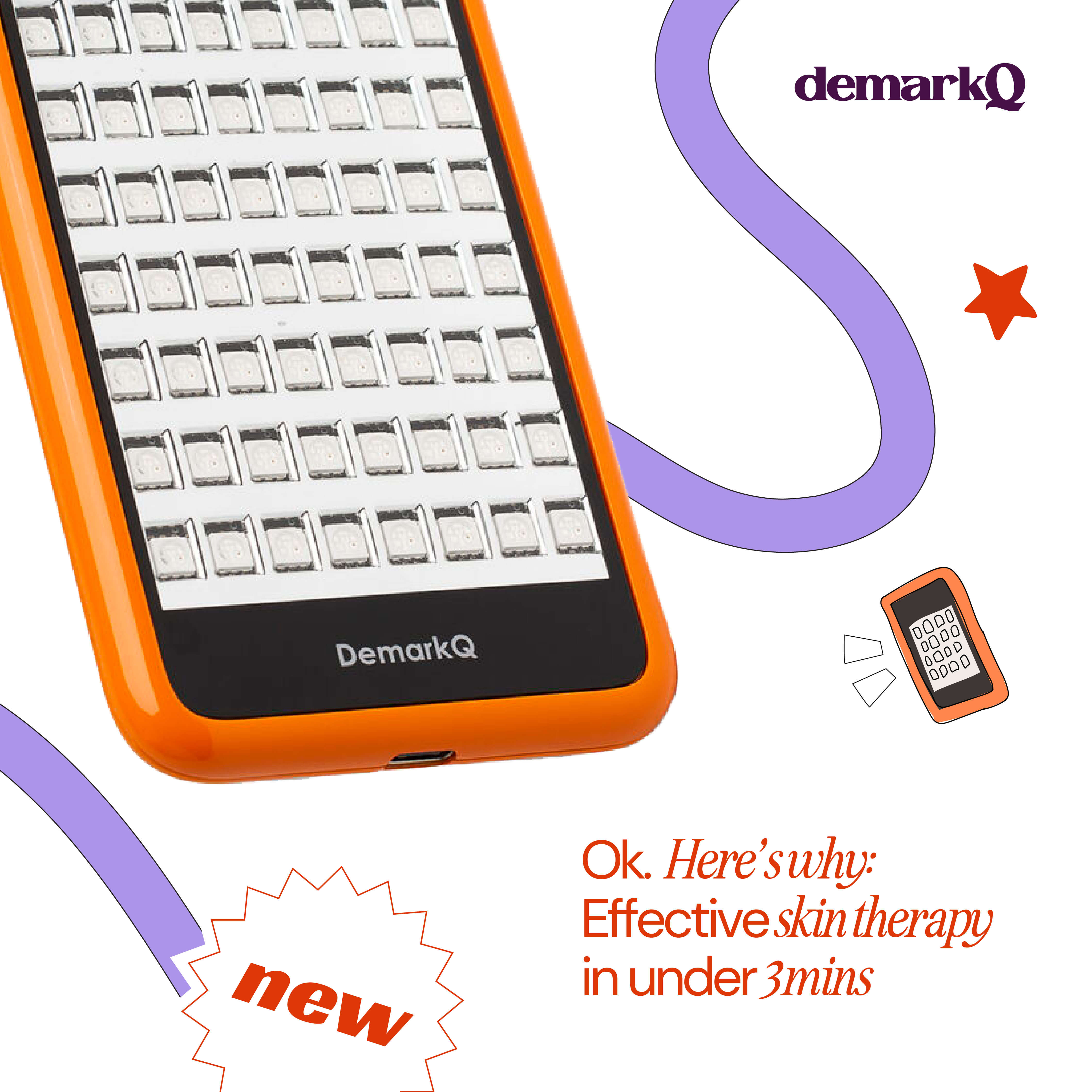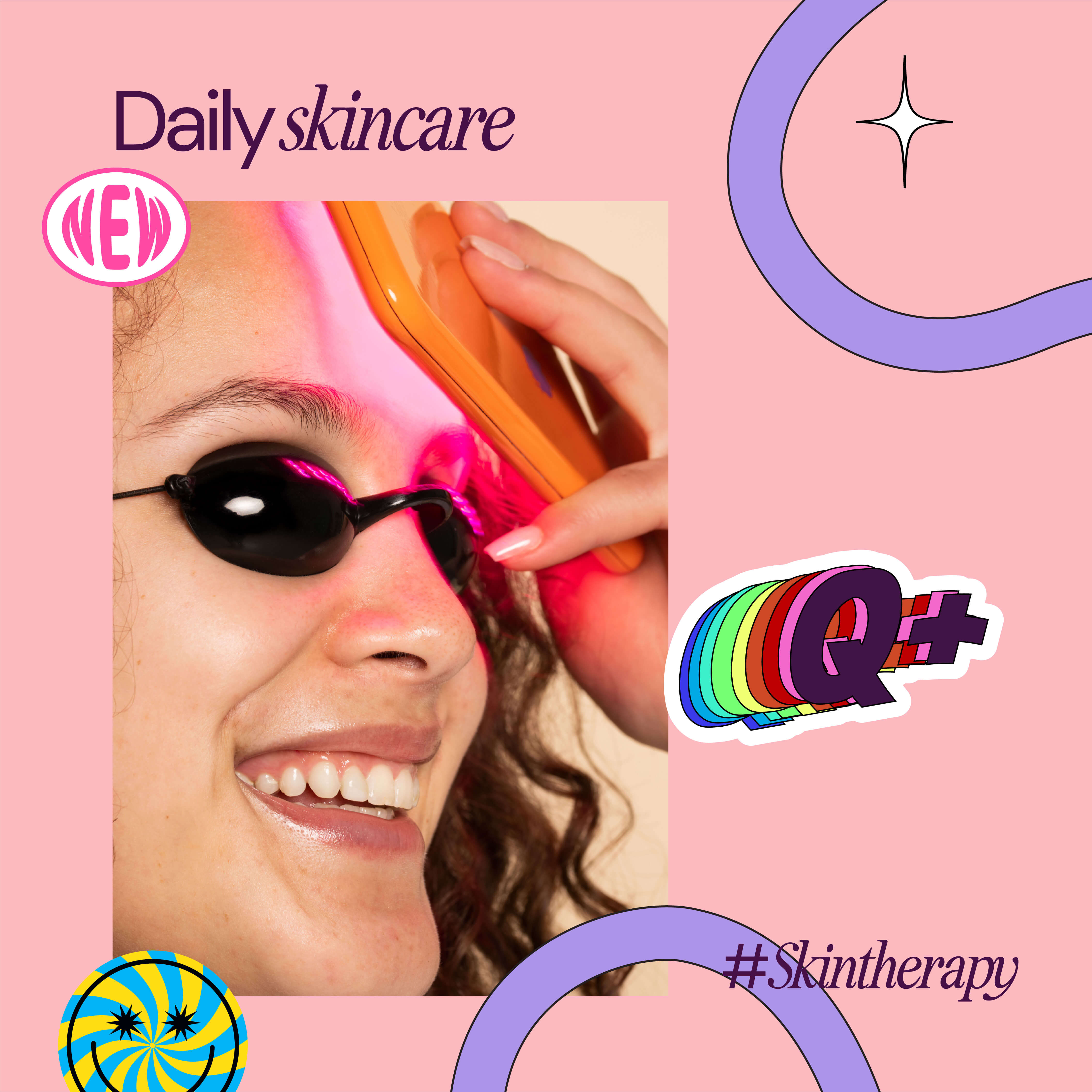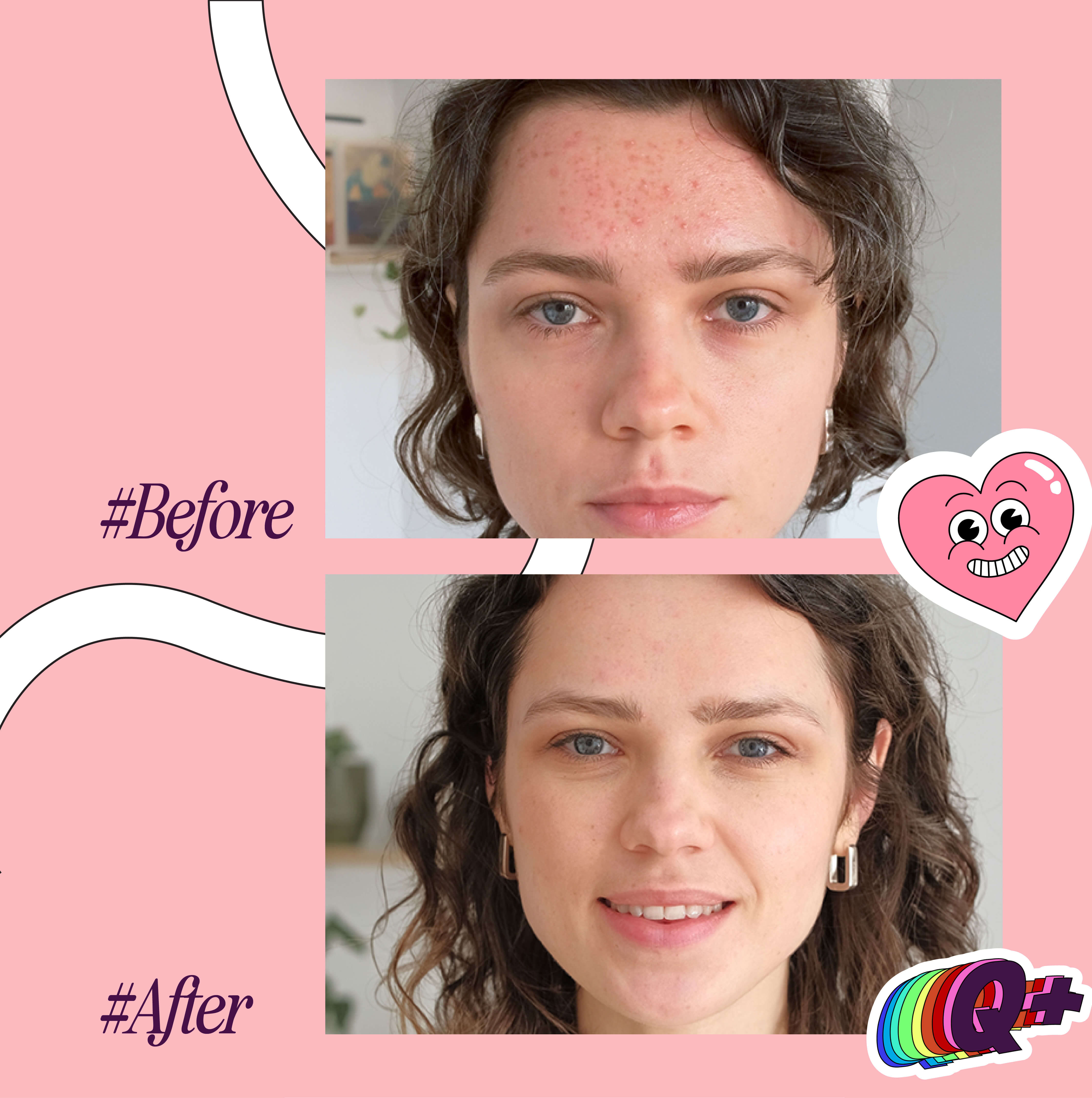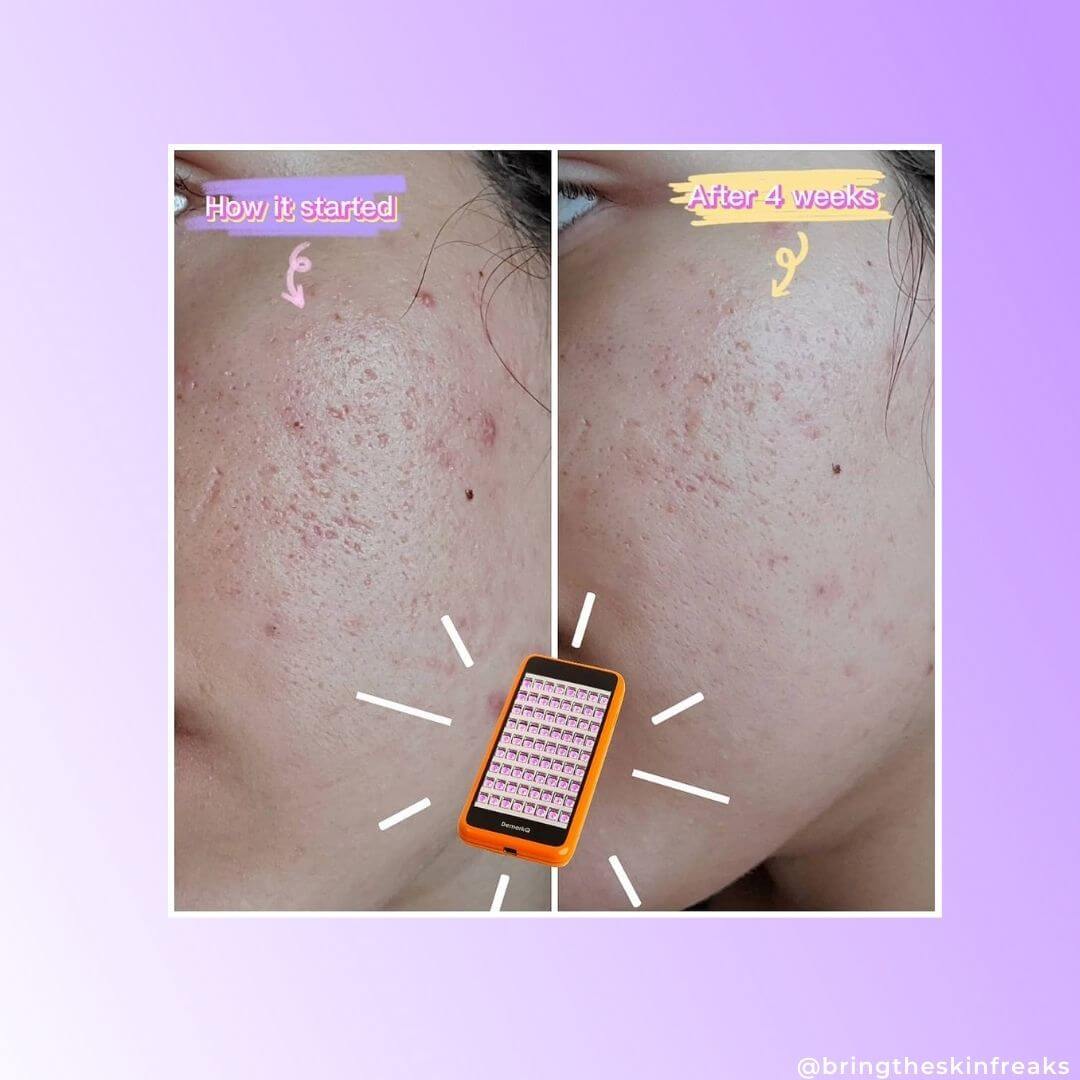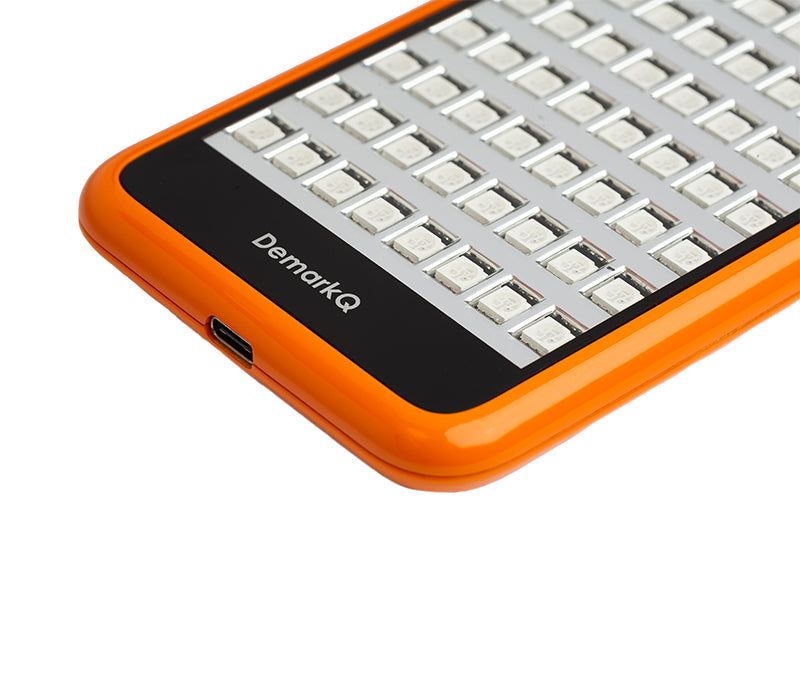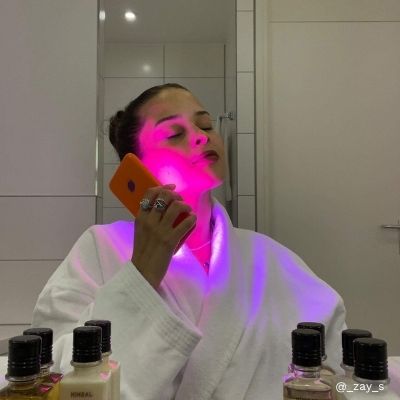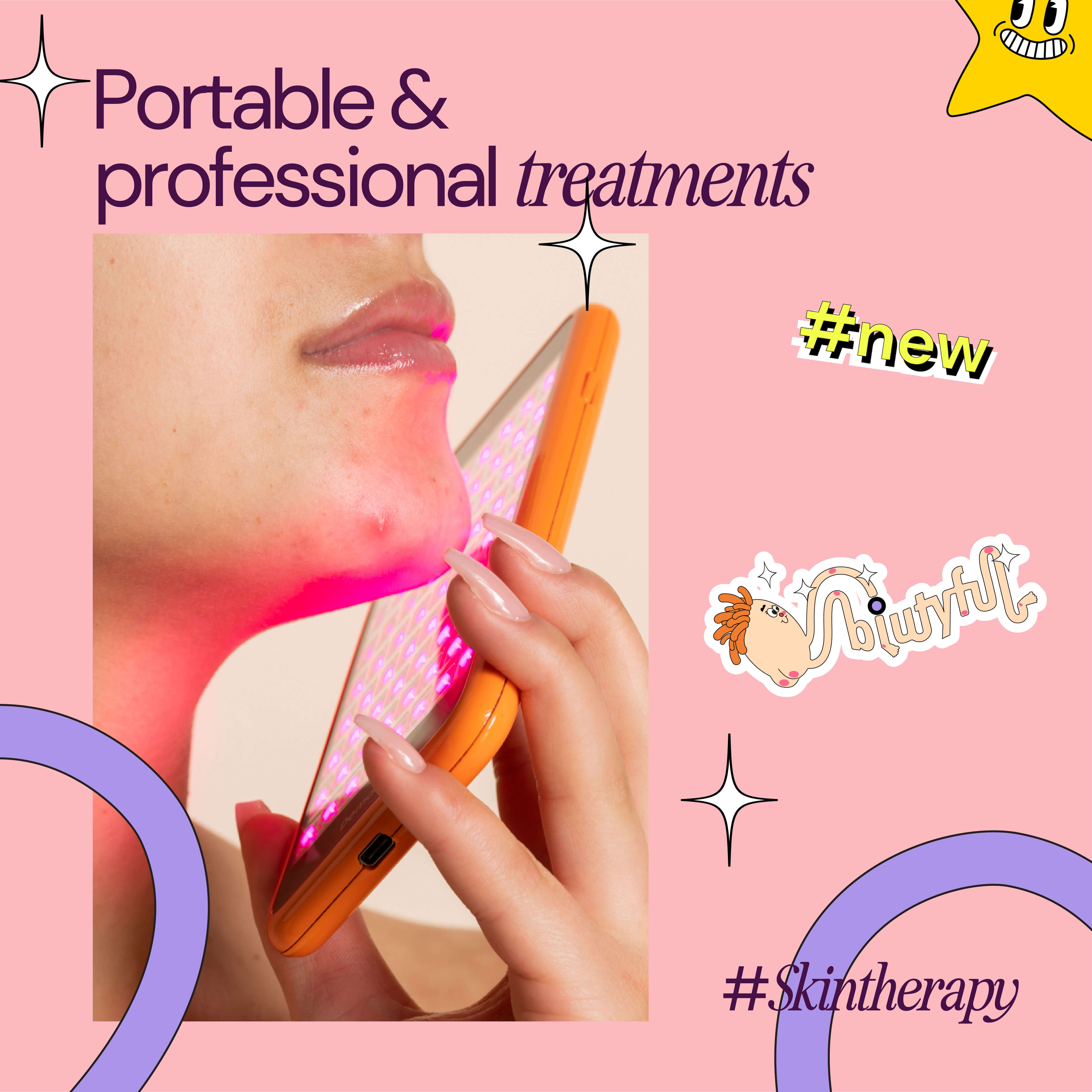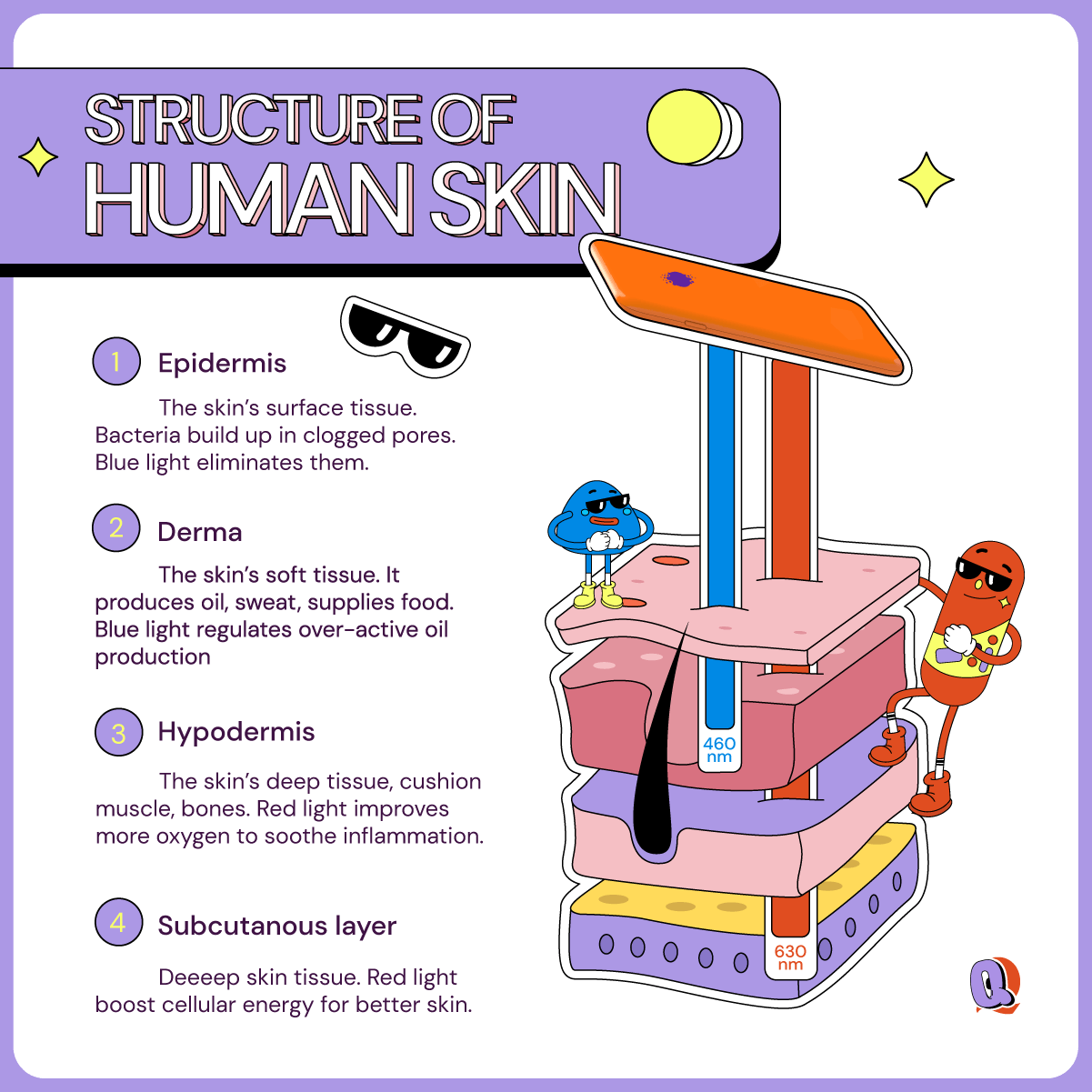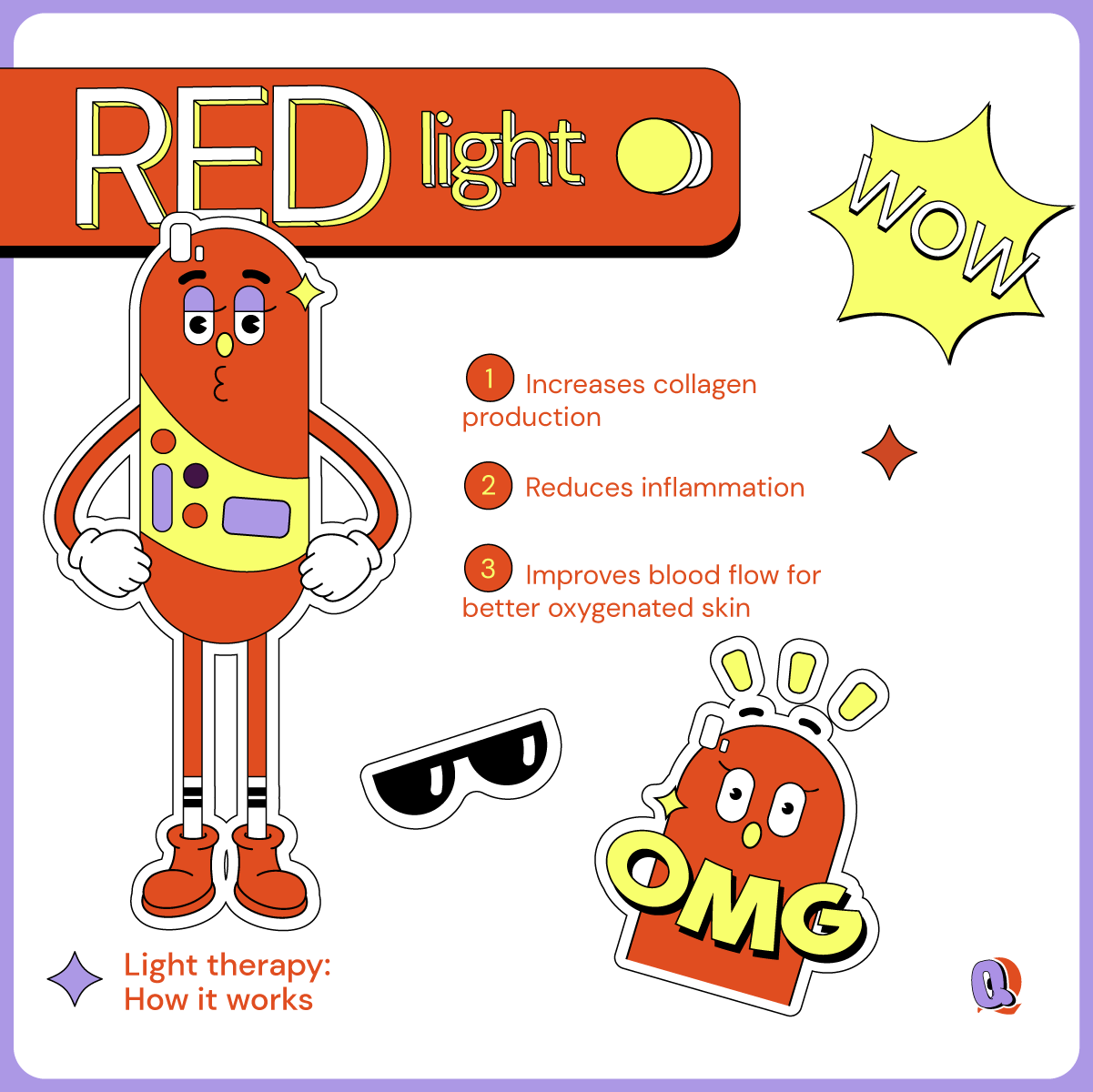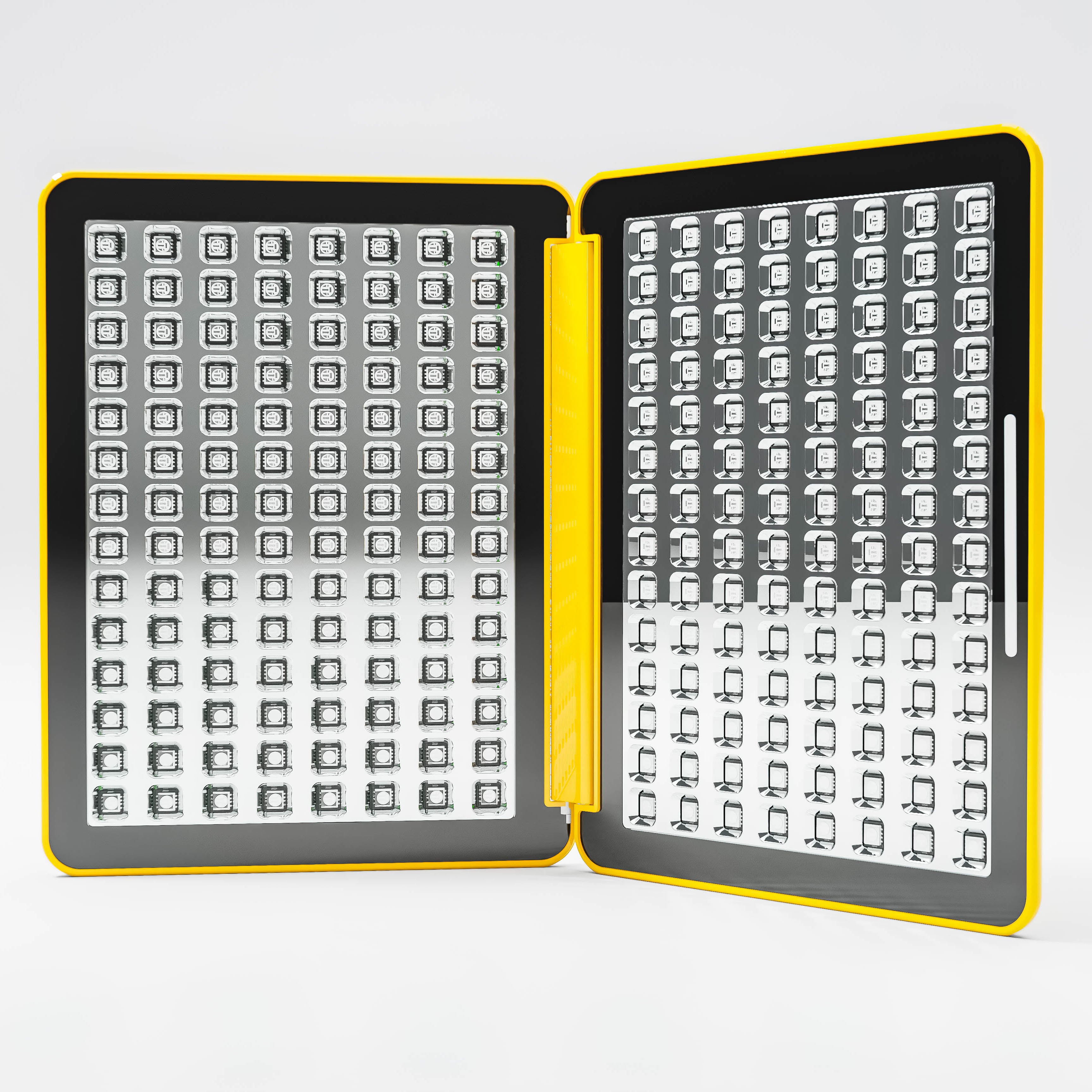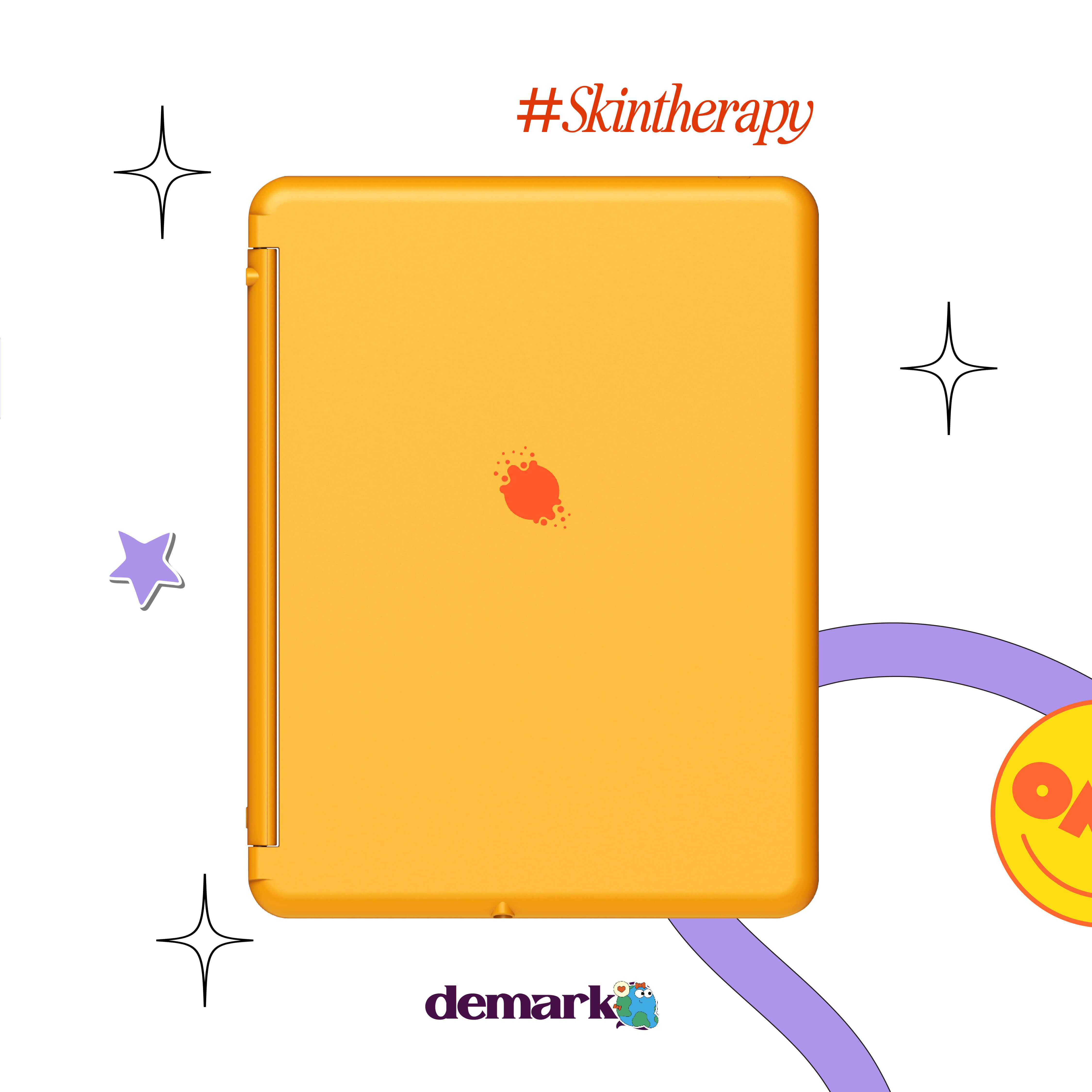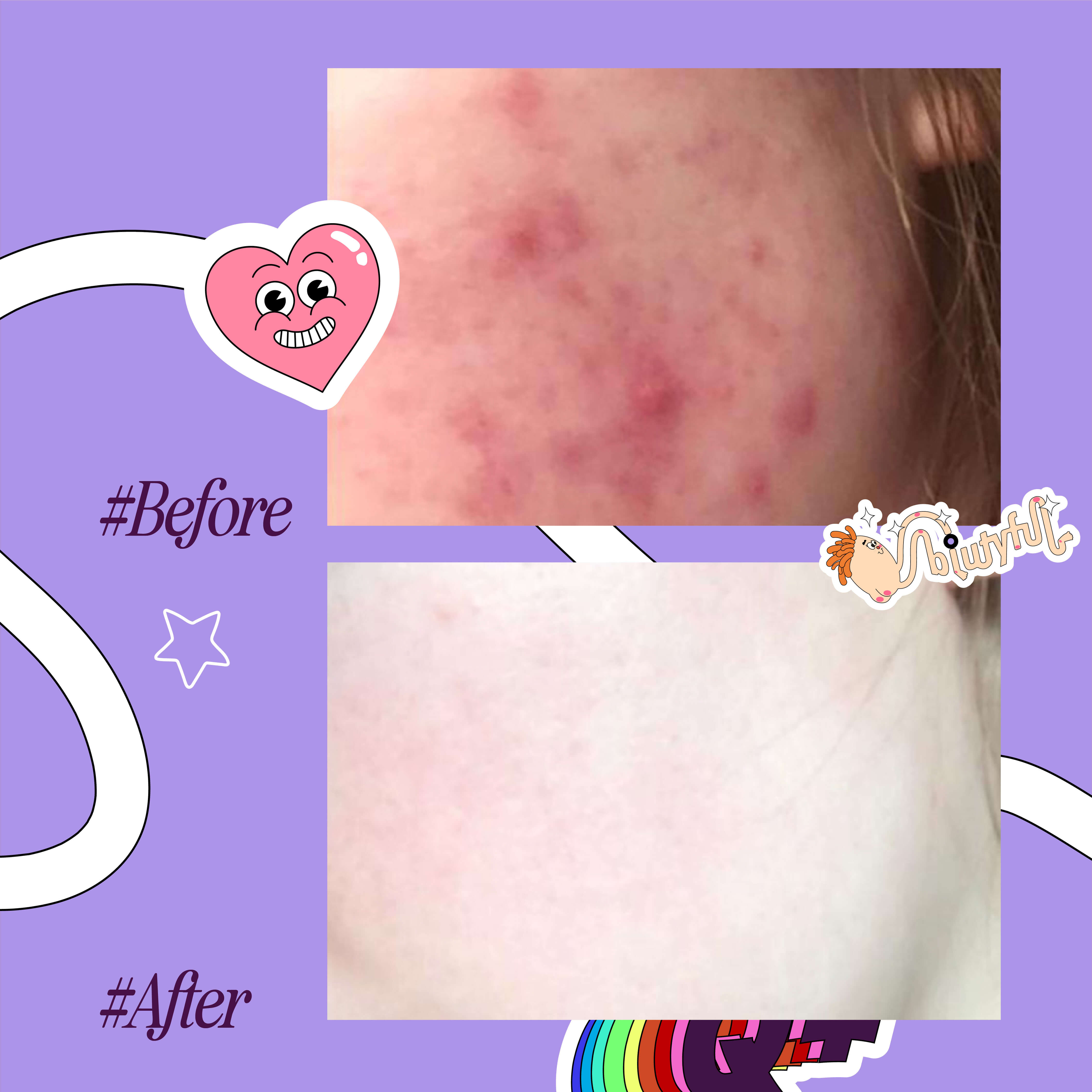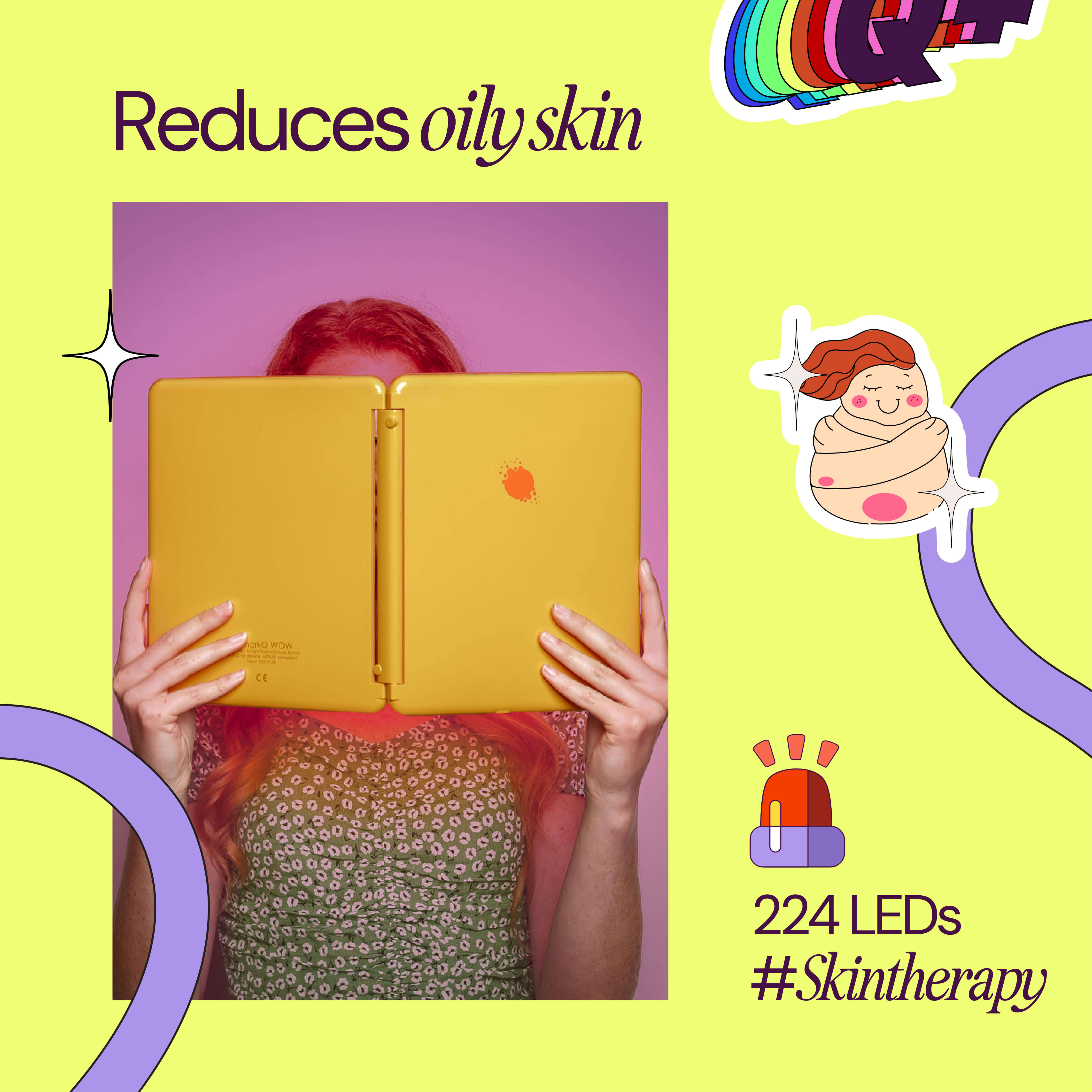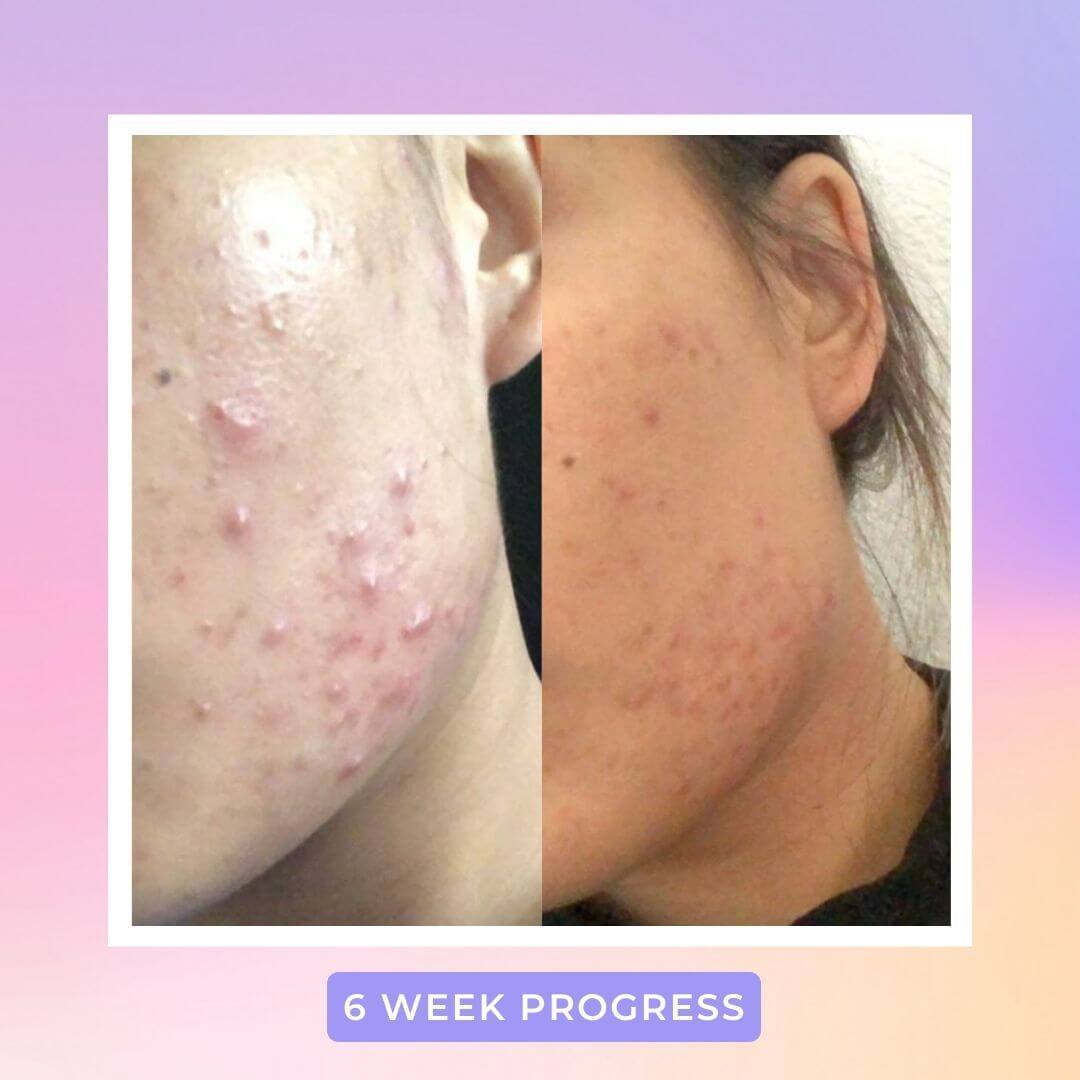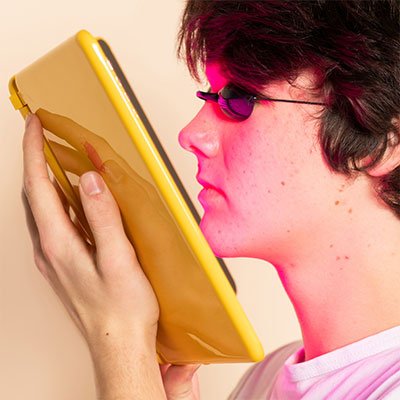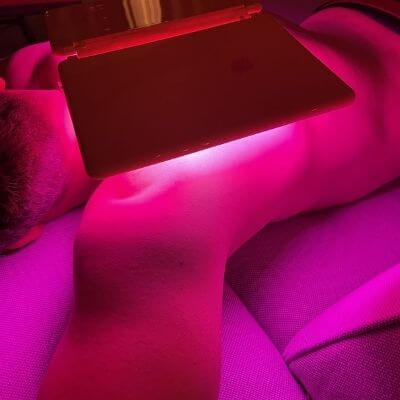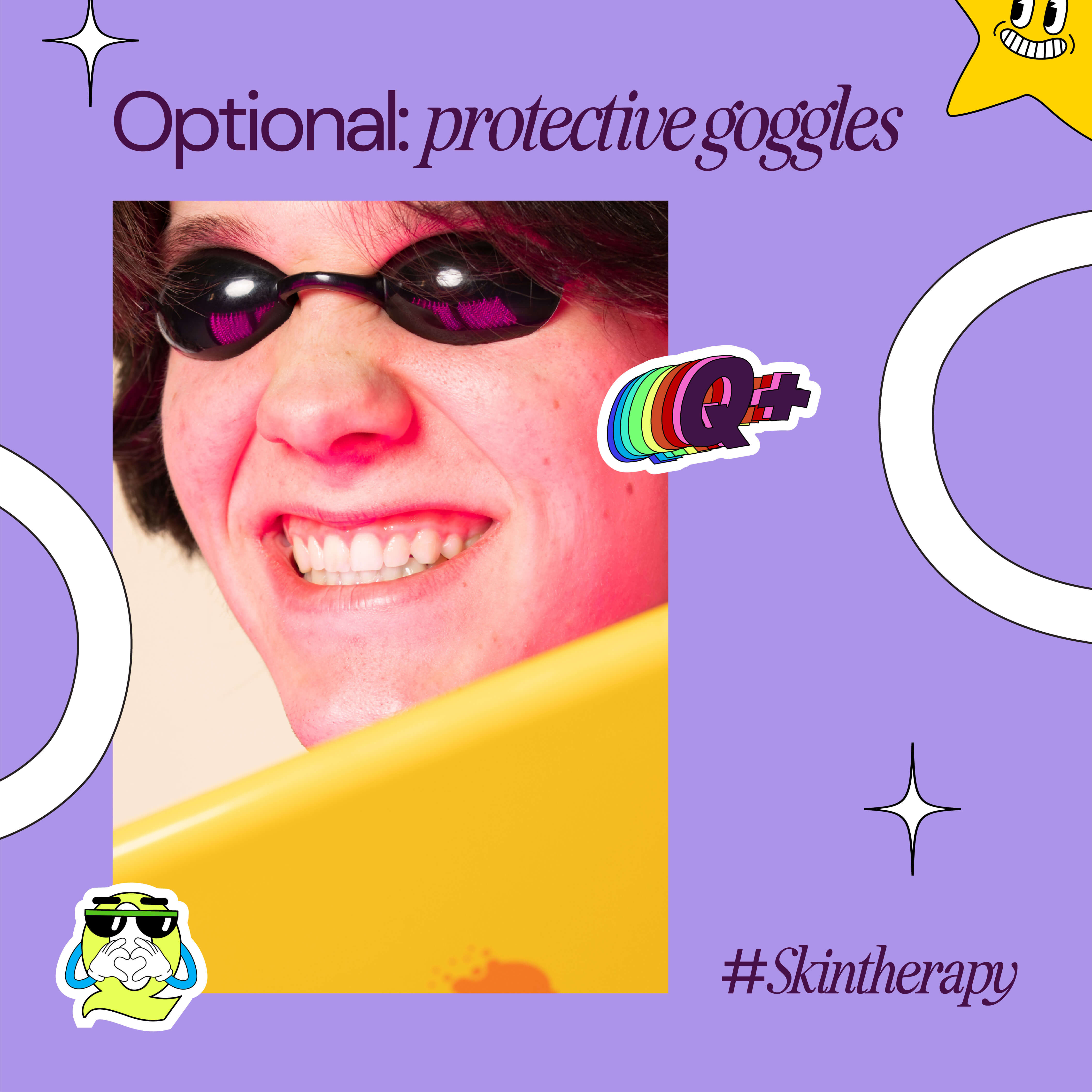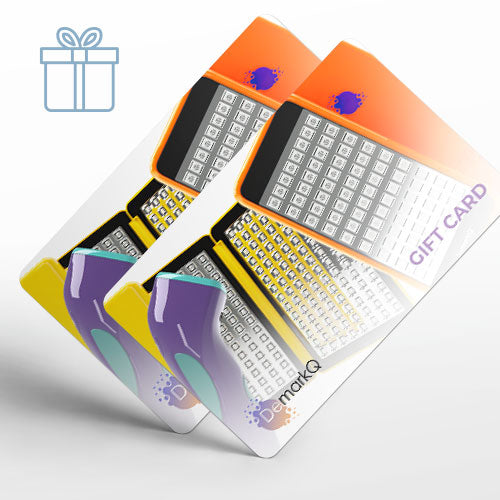In our previous blogpost, we looked into the mechanics of blue light that makes it an effective acne treatment. Today we’ll be discussing red light and why it’s a great for anyone looking to take care of their skin.
Just like blue LED light, red light, emitted at a certain wavelength and output, provides a non-invasive, harmless and drug free treatment. However, because it has a longer wavelength (620nm to 750 nm) than blue light, red light is able to penetrate deeper into the skin and make an impact on a cellular level. Red light has been found particularly beneficial in supporting wound healing, fast tracking collagen production, and aiding proper blood circulation. This makes it a very effective treatment for fighting a number of skin issues like acne, scars (including hyperpigmentation), and signs of aging.
How exactly does red light help your skin?
Red light emitted around 630-650nm is able to penetrate deep into the skin cells. The mitochondria in the skin cells absorb these light particles to produce more adenosine triphosphate (the energy source for the cells). This extra energy kickstarts a number of processes within the skin structure, allowing cells to respond better and faster to damage.
So, what exactly does this extra energy accomplish
1. It helps increase fibroblast production, which in turn increases collagen production
Before we understand how red light boosts collagen production, it’s important to understand the role of collagen on our skin.
Collagen is the most abundant protein in the human body, found in bones, muscles, tendons, and unsurprisingly, skin. Collagen is basically the glue that holds the body together. Therefore, is plays a key part in ensuring that your skin is and feels healthy.
As people age, they eventually start to produce less and less collagen which leads to the skin losing its plumpness, resulting in signs of aging like wrinkles, sagging skin, and lost elasticity. Since collagen is also crucial to wound healing in the skin, it also plays as a key role in ensuring that scars left behind by inflamed acne heals properly. Lack of collagen, post acne can lead to atrophic scars which look like indented skin. You can learn more about this on our previous blog on the different types of acne scars.
While this is not the only way to build collagen, it is definitely one of the least invasive options with minimal side-effects.
2. It increases blood flow to reduce inflammation
Healthy blood flow is crucial in healing wounds and reducing inflammation. By enhancing cellular function, encouraging blood flow and antioxidant activity. This is especially beneficial when dealing with inflammatory conditions like acne, swelling, and redness. This increased cellular activity also allows for angiogenesis (a process in which new blood vessels are formed),creating more pathways for blood to flow.
3. Reduces sebum production
By now, we all understand that the underlying cause of acne is more or less always a clogged pore, which is usually caused by an overactive sebaceous gland. While sebum is crucial in maintaining the skin barrier, too much of it can often lead to clogged pores which attract bacteria and result in acne. Studies have found that the combination of red (630nm) and blue (415nm) light is able to suppress sebum production. This means it is quite beneficial in making the skin less oily and consequently, less acne-prone.

Other benefits of red light therapy
Given the many possibilities that light therapy allows, many times, it can be confusing to choose. Among the various wavelengths and combinations of light, red light is one of the most well-researched topics.
It’s applications spans a number of industries including Medicine, Beauty, Pain Relief, and Muscle Recovery.

